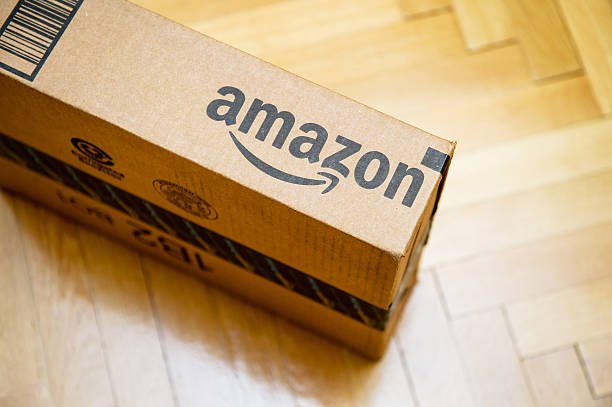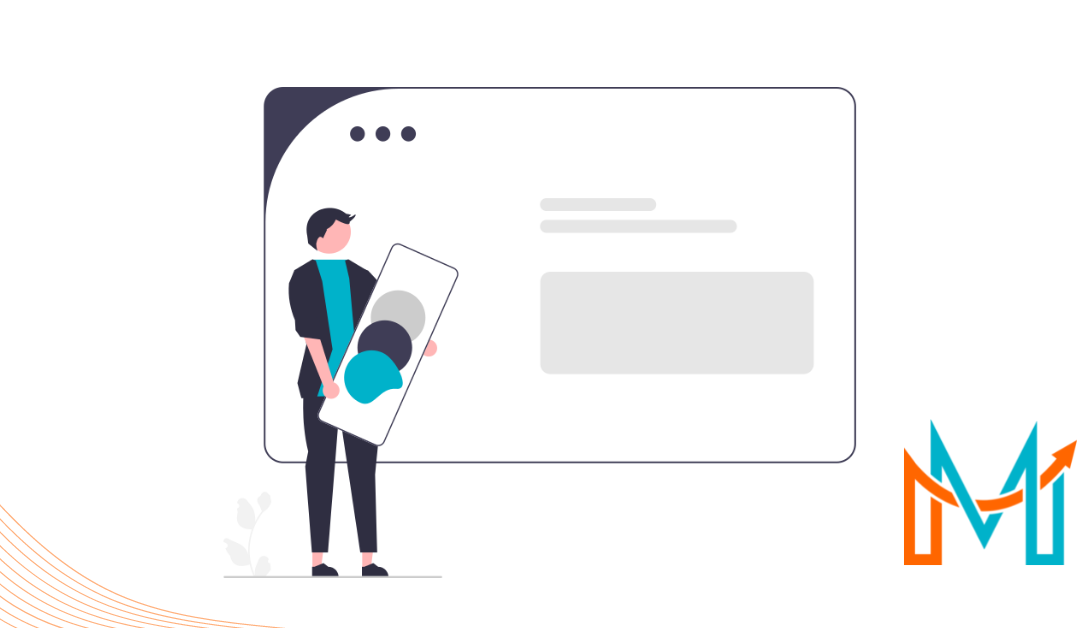Who are Vendors?
Vendors are manufacturers and distributors selling their products in bulk directly to Amazon, and Amazon is reselling those products to the end customers under the Amazon brand. It means Vendors are acting as Amazon suppliers, and Amazon is becoming a legal owner of products ordered by Vendors. It is essential to know that you can be Vendor and Seller, and it is not mandatory to choose only one option: Vendor or Seller.
The only way to become a Vendor is to get an invitation from Amazon. Let’s explain very shortly what are the main criteria for becoming a potential Vendor:
- Traffic: Continuous and high traffic
- Sales: High sales and a high number of orders
- Conversion rate: High conversion rate
- Brand Awareness: Your brand must be established and well-known.
While third-party sellers on Amazon are using Amazon Seller Central, Vendors are using a web interface called Amazon Vendor Central. Like Seller Central, this is a “place” where you can manage your account, check your purchase orders, and get many other product data.
On the first look, it looks straightforward, but being a Vendor often comes with many challenges.
A short overview about requirements and fees
Vendors are required to accept Amazon Terms & Conditions and sign several agreements. By signing these agreements, Vendors agree to charge for fees set up upon signing and will deduct from their invoices.
Vendors can negotiate terms, conditions, and some fees, and Vendors should be ready for this when launching or renewing the agreement. However, all Vendors should have in mind that they will not be able to enter into some complex negotiations. Vendor contracts renew annually.
The most common fees to most vendors are Market Campaigns (Market Development Fund) fees, Freight allowance fees, and Damage allowance fees. Additionally, there are Premium Vendor Services ($30k annually).
Vendor Central possibilities, advantages, and disadvantages
As already mentioned, Vendors are managing their accounts with Amazon Vendor Central. Here Vendors check their purchase orders, sent by Amazon in bulk and weekly.
Their products will be “sold and shipped by Amazon,” which brings many benefits:
- Customers trust Amazon, so having your product “sold and shipped by Amazon” will increase your product awareness and drive sales.
- Vendors don’t need to take care of customer service or customer returns because Amazon manages everything.
- Your products are live, and with Vendor Central, you can optimize your listings, upload images and add all the information about your products, same as in Amazon Seller Central.
- Coupons are available and other promotions: Price discount, Lightning Deals, Best Deals, or Promo codes.
- Vendors can manage their Ad campaigns with advertising, merchandising, and marketing consoles.
- Vendor Central has a reporting dashboard available, so there is a possibility to check various types of reports and your invoices and remittances.
- Vendors can initiate orders via the “Born to Run” program.
Sounds nice, right? But Vendors also need to be aware of possible disadvantages and additional costs.

Price
Amazon likes to have competitive prices, resulting in having a price of your product quite away from your expectations. Because of this, it’s crucial to be clear about your minimum possible price.
Chargebacks
It’s crucial to send your products ordered by Amazon exactly as per Amazon requirements. Any, even minimum discrepancies will result in chargebacks. Amazon has very clearly set up scorecard parameters. Failing to comply with these parameters and conditions will create additional costs to vendors, which can be significant.
The most common chargebacks are:
- PO On-Time Accuracy: A time when you tell Amazon will receive your goods by a specific but they do not arrive by the promised date.
- Prep Issues: Vendors failing to prep and pack products according to Amazon’s requirements
- Carton Content Accuracy: Products or the product quantities in a carton Amazon received do not match the information in the Advance Shipment Notification (ASN)
- Other chargebacks: Unconfirmed PO Units, Rejected PO Rate, Expired Product, No PO found on Carton, Ship in Own Container, etc.
Unexpected Out of Stock
As a Vendor, you might often find, and without any notification, a situation that your product is out of stock or Amazon doesn’t want to restock. Amazon is deciding when and what to sell, so Vendors don’t have control over this.
Born to Run
Born to Run allows Vendors to request orders for a product by telling Amazon what is the number of units they are expecting to sell in 10 weeks. Amazon will review and buy the quantity up to the requested amount if approved.
At the time of submission, you can decide what to do in case units are not being sold in 10 weeks:
- Amazon may return unsold units, taking into account weeks of cover and sell-through. In this case, Vendors need to refund 100% of product cost + 10% shipping and handling fees.
- Amazon will keep unsold units. You will provide Amazon a ‘retention fee’ equal to 25% of the cost of the unsold units.
Once submitted, your offer will be “Under Review.” If approved, Amazon will place Purchase Orders for approved units. It is possible to track sales for each ASIN, so in case of low sales, you might want to focus your advertising campaigns on those low-selling products.
Conclusion
While it is not possible to become a Vendor without an invitation by Amazon, even when the invitation occurs, it’s an individual decision for each seller whether they will become a Vendor or not. However, the ability to be a Vendor and Seller simultaneously means that with a well-prepared strategy and analysis, why don’t you give it at least a try in case of invitation?
Contact us for more information about becoming a potential Vendor!

